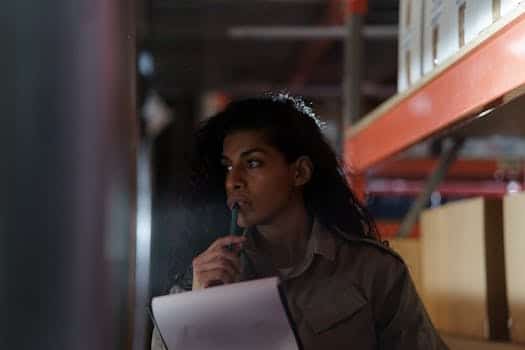Weather Modification Safety Officers: Climate Control Security
Welcome to the world of weather modification! As technology continues to advance, so does our ability to manipulate the weather. From cloud seeding to controlling hurricanes, the possibilities are seemingly limitless. However, with great power comes great responsibility. That’s where Weather Modification Safety Officers (WMSOs) come in. These professionals are crucial in ensuring the safe and ethical practice of weather modification. In this article, we’ll explore the role of WMSOs and why climate control security is of utmost importance.
What is Weather Modification?
Weather modification, also known as ‘geoengineering’ or ‘climate intervention,’ refers to the deliberate manipulation of weather and environmental patterns. Some of the most commonly used techniques include cloud seeding, hail suppression, and hurricane modification. The aim of these practices is typically to control or enhance precipitation, prevent severe weather events, or mitigate the effects of droughts.
The Role of WMSOs
Weather Modification Safety Officers play a critical role in overseeing and regulating weather modification activities. They are responsible for ensuring that all weather modification operations comply with safety standards and adhere to ethical practices. These professionals work closely with other experts, such as meteorologists and aviation authorities, to evaluate and approve proposed projects.
In addition to approval and oversight, WMSOs also assist in developing safety protocols and contingency plans. They must be well-versed in meteorology, aviation regulations, environmental regulations, and risk assessment to effectively carry out their responsibilities.
Why Climate Control Security is Important?
The idea of controlling the weather may seem like something out of a sci-fi movie, but it’s quickly becoming a reality. With the rise of extreme weather events and global climate change, weather modification is being explored as a potential solution. However, this technology also poses significant risks if not carefully managed.
Safety Concerns
The most critical aspect of weather modification is safety. Improperly executed projects can have disastrous consequences, not only on the immediate environment but also on a global scale. For example, altering precipitation patterns in one region can cause severe droughts or floods in another. WMSOs must carefully assess and mitigate any potential risks before approving and conducting weather modification operations.
Environmental Impact
Aside from safety concerns, there’s also the potential impact on the environment. WMSOs must consider the potential consequences of manipulating weather patterns on ecosystems, agriculture, and water resources. For example, cloud seeding can potentially lead to increased precipitation, affecting crop yields and causing soil erosion.
Ethics and Regulation
Lastly, climate control security also involves ethical considerations. As with any emerging technology, there must be regulations in place to ensure its responsible use. WMSOs play a vital role in enforcing these regulations and ensuring that all weather modification projects are conducted ethically and with the environment and public safety in mind.
The Future of Weather Modification
As we continue to face the consequences of climate change, the use of weather modification may become more prevalent. However, it’s crucial that we understand the potential risks and have proper measures in place to ensure its safe and ethical use. With WMSOs at the forefront, we can harness the power of weather modification while minimizing its adverse effects.
In Conclusion
Weather Modification Safety Officers are the backbone of responsible weather modification. Their expertise and oversight ensure that these innovative practices are carried out safely and ethically. With climate control security at the core of their responsibilities, we can continue to explore and push the boundaries of weather modification while safeguarding our environment and communities.









